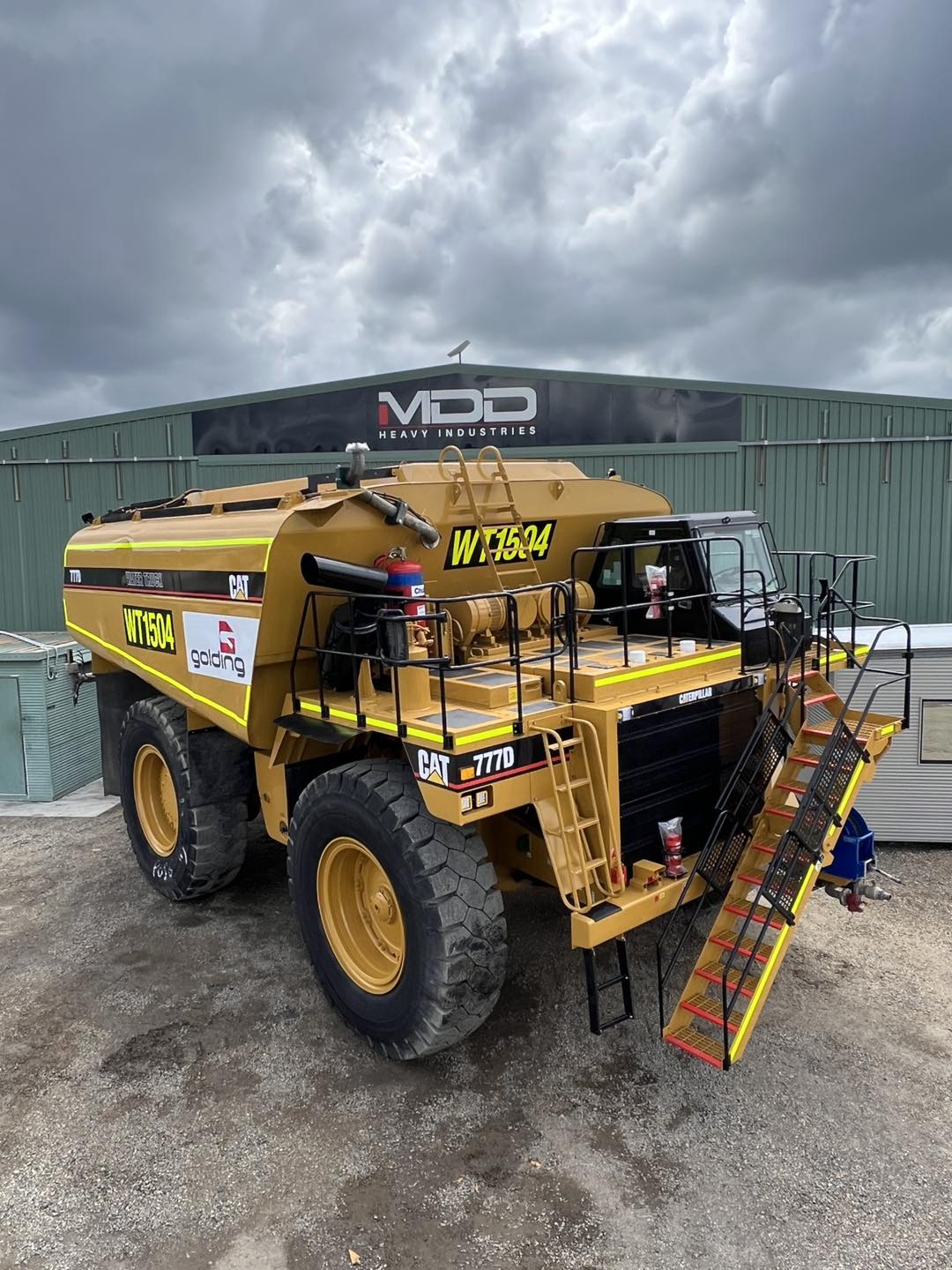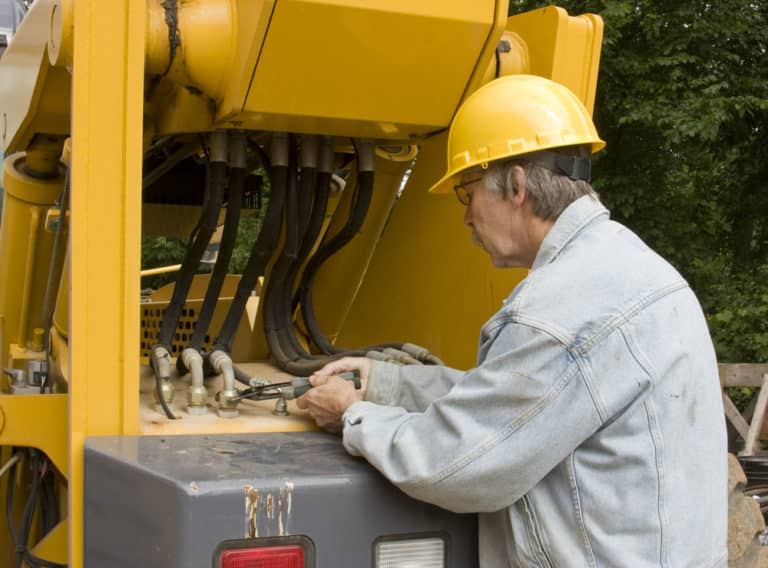When was the last time you checked your heavy machinery for repairs? Safety should always be a top priority when operating or maintaining these machines. Without proper precautions, heavy machinery repair can lead to serious injuries or damage. Here are key safety precautions you should never ignore during heavy machinery repair.
Conduct A Thorough Risk Assessment
Before starting any repairs, conducting a thorough risk assessment is essential. Identify hazards like sharp edges, hot surfaces or unstable loads that could cause harm. Consider the machine’s size, weight and operational history. A proper risk assessment helps workers implement safety measures and ensures everyone is aware of potential dangers.
Common Hazards to Watch For:
- Moving parts or machinery starts unexpectedly.
- Hazardous substances like hydraulic fluids or coolants.
- Electrical risks from live circuits.
Lockout/Tagout Procedures Are A Must
Unexpected machinery start-ups are a major cause of accidents during repairs. The Lockout/Tagout (LOTO) procedure ensures machinery stays fully de-energised during maintenance. Workers must follow LOTO to prevent accidental power-ups or energy releases that could lead to serious injuries or fatalities.
Key Steps in LOTO:
- Disconnect the machine from its energy sources.
- Apply lockout devices and tags to the machine.
- Double-check that there is no stored energy left in the system.
Use Proper Personal Protective Equipment (PPE)
Personal Protective Equipment (PPE) is essential when repairing heavy machinery. Depending on the task, PPE includes helmets, gloves, safety glasses and hearing protection. Proper PPE shields workers from hazards like flying debris, electric shocks and loud noise.
Ensure the following:
- PPE fits correctly and is in good condition.
- Workers are trained on how to use PPE properly.
- Regular inspections are conducted to ensure the PPE is still effective.
Regular Training & Certification
Safe heavy machinery repair requires more than just following procedures; it also needs well-trained workers. Regular training and certification keep your team updated on safety regulations and best practices. Trained employees can also spot potential hazards before they become serious issues.
Areas to Focus Training On:
- Specific repair techniques and safe tool use.
- Updated safety regulations and compliance standards.
- Emergency response and first aid.
Inspect Tools & Equipment Before Use
Using damaged or faulty tools during repairs increases accident risks. Always inspect tools and equipment before starting heavy machinery repair to ensure they’re in good condition. This includes wrenches, welding gear and diagnostic tools. Replace any defective tools immediately to prevent accidents.
Checklist for Tool Inspections:
- Check for frayed wires or exposed electrical components.
- Ensure all mechanical parts move smoothly.
- Look for signs of rust or wear on hand tools.
Regular maintenance of repair tools is just as important as the maintenance of the heavy machinery itself.
Get Your Equipment Running Safely—Contact Us for Expert Repair
At MDD Heavy Industries, we offer a range of services, including preventative maintenance, diagnostics and emergency repairs. These services ensure your machinery operates safely and efficiently. With a focus on quality and compliance with Australian safety standards, you can trust us to maintain your equipment in peak condition. Contact us today to learn how we can help with your heavy machinery repair needs.









